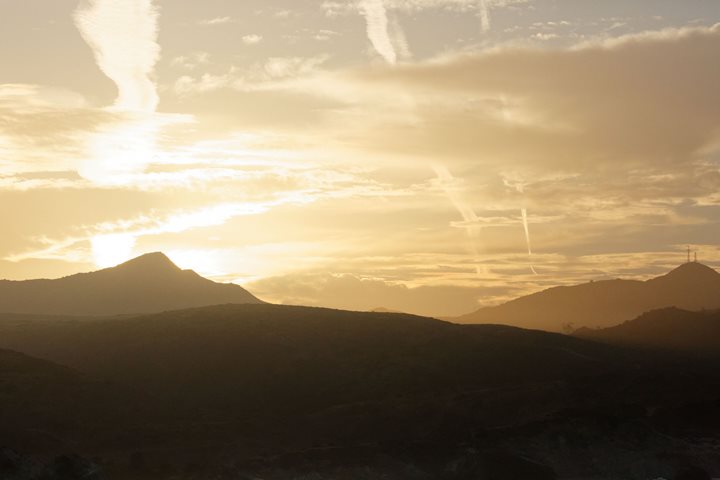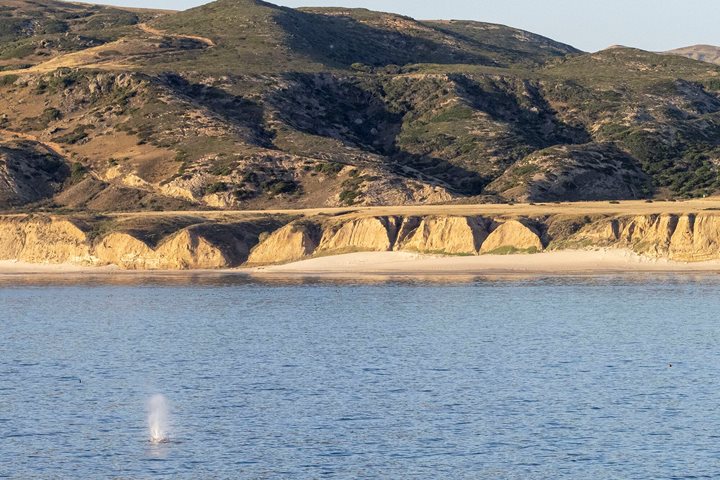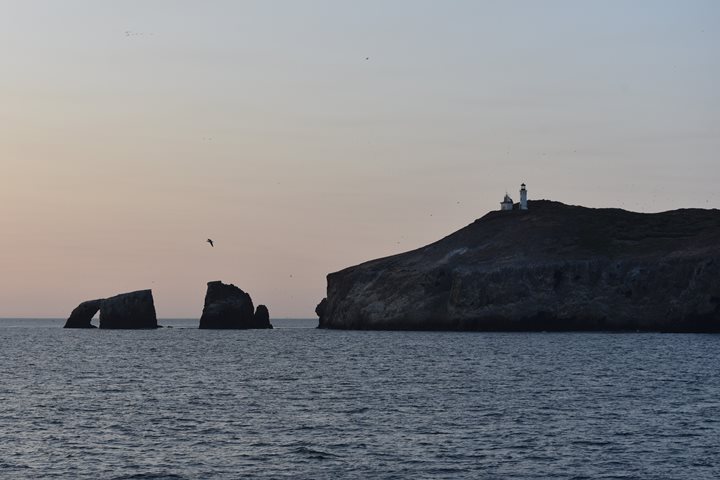As the sun rose over the waters of the Pacific, National Geographic Sea Lion prepared to
drop anchor in the Channel Islands National Park for the very first time. An
early morning exhale stretch and yoga class onboard readied guests for our
exploration of the park’s two easternmost islands, Anacapa and Santa Cruz, by
kayak, hike, and expedition
landing crafts. These opportunities showcased the terrestrial diversity, marine
abundance, and cultural history that make the islands such a unique cornerstone
of the California coastline and such a hidden gem of the park’s system.
4/26/2022
Read
National Geographic Quest
Santa Catalina Island
“26 miles across the sea, Santa Catalina is a’waitin for me.” Well, it wasn’t 26 miles and we didn’t arrive via the Los Angeles area; instead, we came in through the back door, across 115 miles from San Miguel Island. We arrived at Little Harbor just before dawn. The swells were a bit large, but an offshore reef protects Little Harbor, making the area calm enough for water activities. Almost everyone enjoyed kayaking or stand-up paddleboarding for half the morning. Then, we went hiking on a choice of trails. Some guests went for the overlook; others explored the beach at Shark Cove. The beach yielded several geological and biological treasures, as well as plastic, which we dutifully collected for disposal. After lunch, we sailed to Two Harbors on the sheltered side of the island. Again, several guests went on hikes, while others opted for a Zodiac cruise around Isthmus Cove. They viewed large flocks of cormorants and pelicans on Bird Rock (an apt name), as well as a large male sea lion and his harem. Captain’s Dinner awaited us when we returned to National Geographic Quest , followed by the traditional slide show that displays our guests’ considerable photographic talents. Tomorrow, we sail to the harbor in San Pedro, where we will head off to various ‘harbors’ in the US. It was a grand cruise. Among our many memorable experiences, we viewed firsthand the remarkable success of bringing the island fox, the grey whale, and the brown pelican from near extinction to near historical levels. We also observed the rebounding ecosystems that result from the removal of invasive species. We have seen living proof that we can make a difference if we use our minds, talents, and creativity to solve conservation issues.







